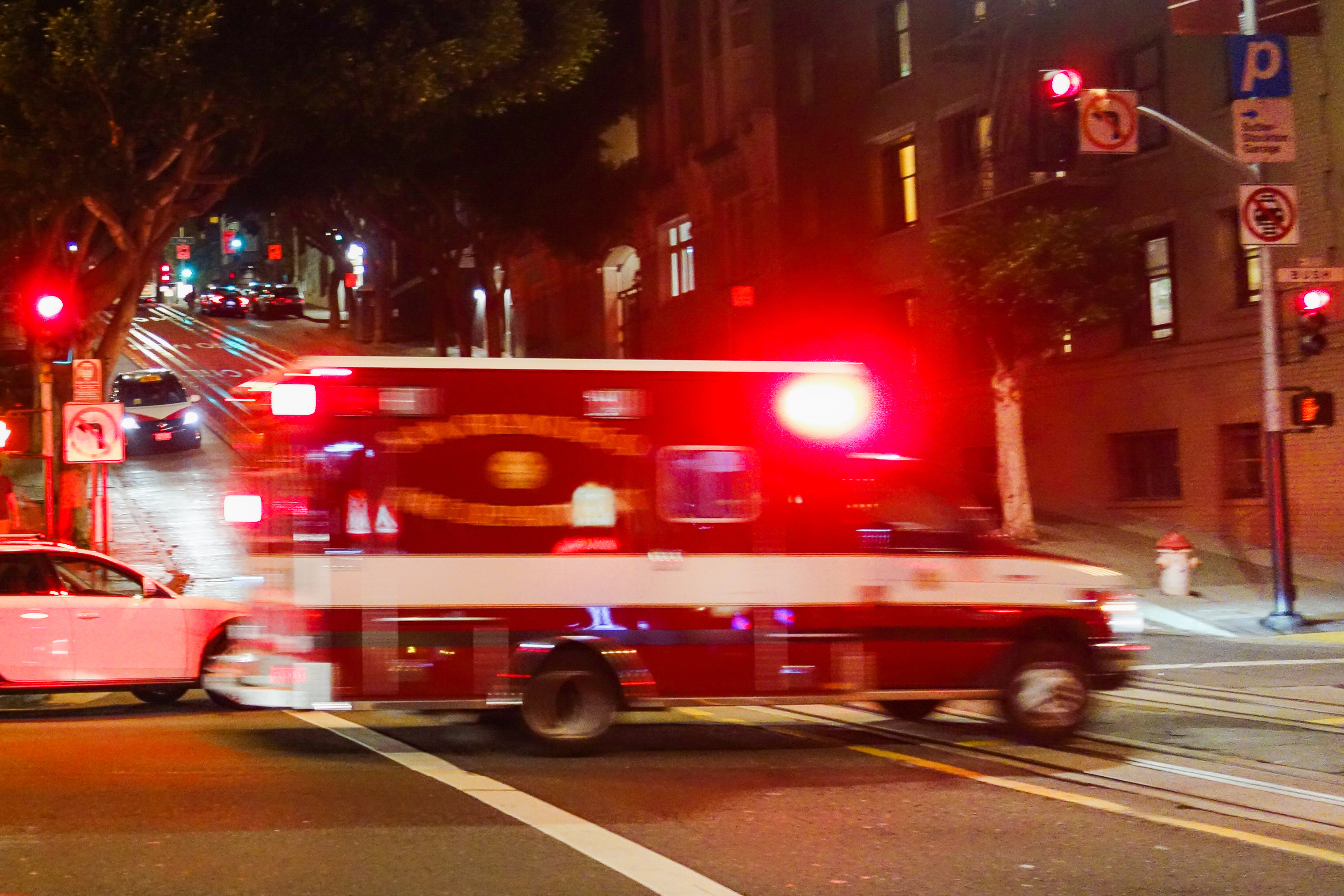A total of 25% of San Francisco Fire Department ambulance trips between January and October 2023 involved homeless patients, even though homeless people make up roughly 1% of the city’s population, according to the fire department.
The fire department also said homeless patients make up 58% of people needing an ambulance more than once within a 72-hour period.
The figures were shared during a Thursday hearing about “Treatment on Demand,” —the city’s effort to immediately provide mental health and drug treatment to those requesting it.
“This is a glaring example of a health inequity,” said Simon Pang, assistant deputy chief of paramedicine for the San Francisco Fire Department.
The hearing was called by Supervisors Catherine Stefani and Rafael Mandelman and came after The Standard reported in September that the city’s largest contracted drug withdrawal management clinic, which is run by nonprofit HealthRight 360, admitted only 45% to 55% of individuals seeking treatment between February and May.
Low Demand for Treatment
Pang added that from a first responders’ perspective, interest in treatment on demand for those approached by the department’s Street Crisis Response Team is low.
Pang said he based this information on a “straw poll” of crisis team workers, taking count of the number of people who asked for treatment over a week. That informal poll found that 6 out of 210 people approached by crisis team workers actually asked for treatment. That’s around 2%.
“Our observation is that the demand, the interest, in treatment from people experiencing homelessness and having substance abuse disorder—and often concurrent mental health disorders—is quite low,” he said. “What people want is a change of clothes, food, not treatment.”
The city needs to do a better job of educating unhoused people about where to get treatment, said Pang.
“If someone is in a tent, they don’t know where to go,” he said. “They are waiting for us to tell them where to go.”
San Francisco’s Department of Public Health argues that while demand may seem low to first responders, admissions to opioid treatment programs have steadily increased between July 2021 and June 2023.
Hillary Kunins, the health department’s director of behavioral health services, said the department and outreach services distributed more than 135,000 doses of naloxone, which is also known as Narcan, between July 2022 and June 2023. The drug reverses opioid overdoses.
The health department measures demand for treatment by looking at trends in program entry and wait times, Kunins said, but she cautioned that the department is looking for stronger ways to measure it.
“We have an overdose crisis in our city, and we need to redouble our efforts,” Kunins said.
San Francisco’s homelessness, drug and mental health crises are thought to be closely linked.
The overdose crisis also falls along racial lines. Black and African Americans are five times more likely to experience a fatal overdose, according to Kunins.
San Francisco is on track to lose more lives to drug overdoses in 2023 than any year on record.
Overdoses killed 620 people in the city in 2023 through the end of September. As the fatalities climb, overdose calls are increasingly bringing medics farther afield from the city’s historic epicenter of the drug crisis, the southwestern corner of the Tenderloin.
